Don't hesitate to send a message
Web Menu
Product Search
Exit Menu
Heat Resistance and Shape Stability of Portable Plastic Beach Mat
Understanding Heat Exposure Effects
Outdoor mats are widely used for beach trips, picnics, and camping, often exposed to intense sunlight and high temperatures. The Portable Plastic Beach Mat is designed for portability and convenience, but heat exposure can affect its material properties. Understanding how it reacts to high temperatures is crucial for ensuring safety, comfort, and long-term durability. Users need to be aware of potential softening, warping, or color changes that may occur under bad conditions.

Material Composition and Heat Resistance
- Polypropylene Characteristics: Most portable plastic beach mats are made from polypropylene (PP), a thermoplastic polymer known for its flexibility, lightweight nature, and moderate heat resistance. PP can maintain structural stability under standard outdoor temperatures, but has limits when exposed to bad heat.
- Melting and Softening Thresholds: Polypropylene typically begins to soften at temperatures above 120°C (248°F). While sunlight rarely reaches these levels, surfaces such as heated asphalt, metal, or black sand can elevate local temperatures enough to temporarily soften the mat.
- Influence of Thickness: Thicker mats with denser PP fibers generally resist heat-induced deformation better than thinner mats, providing enhanced durability for prolonged sun exposure.
Effects of High Temperature on the Mat
- Softening of Material: Direct contact with very hot surfaces can cause the mat to feel pliable or slightly flexible. While this does not usually result in permanent damage, it may reduce comfort and create uneven sitting or lying areas.
- Warping and Shape Changes: Prolonged exposure to high temperatures can cause minor warping, especially along edges and corners. The central areas often retain their shape, but bad conditions may cause slight curling or uneven surfaces.
- Aesthetic Impact: UV rays and heat can accelerate fading of printed patterns or colors, affecting visual appeal without necessarily compromising structural integrity.
Preventive Measures for Heat Protection
- Use Shaded Areas: Positioning the mat under umbrellas, tents, or trees helps decrease direct sun exposure and heat absorption.
- Avoid Hot Surfaces: Do not place the mat directly on asphalt, metal, or sun-heated sand. Placing a towel or blanket underneath provides insulation and prevents local softening.
- Rotate the Mat: Periodically shifting the mat distributes heat exposure evenly, preventing prolonged stress on specific areas.
Design Features Enhancing Heat Resistance
- Reinforced Edges: Many mats include thicker or stitched edges to prevent curling or warping under heat.
- UV-Resistant Coatings: Some versions of the mat include protective coatings that reduce heat absorption and slow color fading.
- Flexible Weaving: Woven or patterned surfaces enhance stress distribution, reducing localized softening and improving overall stability.
Maintenance Tips for Longevity
- Proper Storage: After use, store the mat in a cool, shaded environment to prevent cumulative heat damage.
- Regular Cleaning: Sand and debris can trap heat and increase surface temperatures; cleaning the mat prevents this effect.
- Avoid Heavy Loads on Hot Surfaces: When the mat is exposed to heat, avoid placing heavy objects on it, as softened material is more prone to temporary deformation.
Practical Implications for Outdoor Activities
- Beach Use: While typical sand temperatures are safe, mats should be protected during midday sun to avoid softening.
- Picnics and Parks: Shaded areas decrease heat stress, preserving both shape and comfort.
- Camping: Prolonged exposure to tent surfaces in direct sunlight may require similar precautions, including insulation and rotation.
Ensuring Safe and Durable Outdoor Use
The Portable Plastic Beach Mat offers convenience and portability, but it is sensitive to high temperatures under bad conditions. While minor softening or warping can occur, proper precautions such as shading, avoiding hot surfaces, and careful storage prevent long-term damage. Selecting mats with thicker construction, UV-resistant coatings, and reinforced edges further enhances heat resistance. By understanding the material’s behavior in hot environments and following preventive measures, users can enjoy safe, comfortable, and durable outdoor experiences.
-

Lightweight Polypropylene Plastic Outdoor RV Mat
Features Weather-resistant polypropylene mat UV-stabilized to prevent fading Mold and mildew-resista...
-
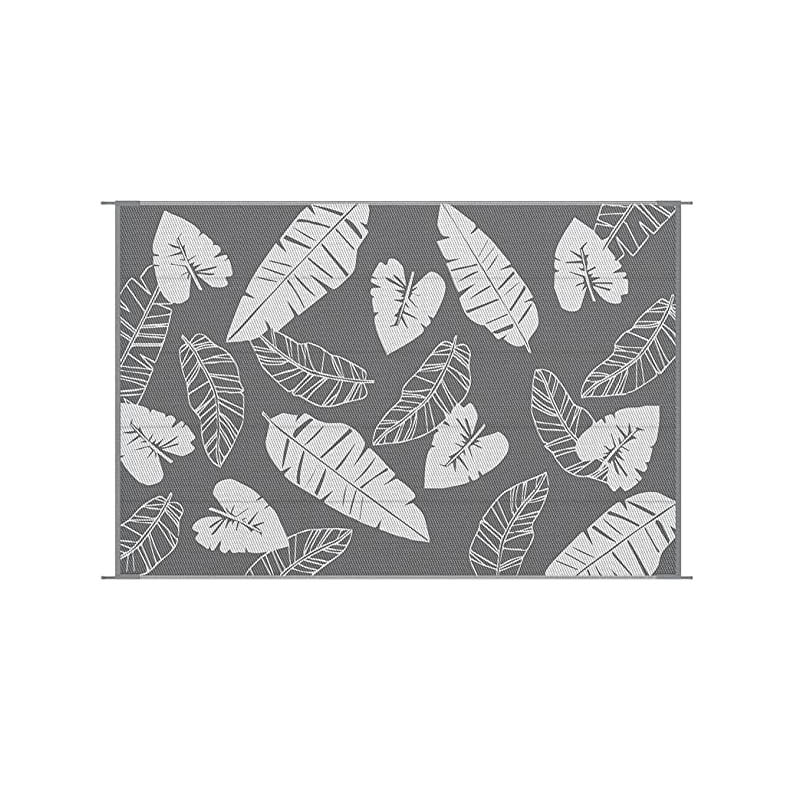
Large Foldable Anti-UV PP Weaving Straw RV Rug
Features Soft And Durable: Made with virgin polypropylene breathable material designed to be safe to...
-
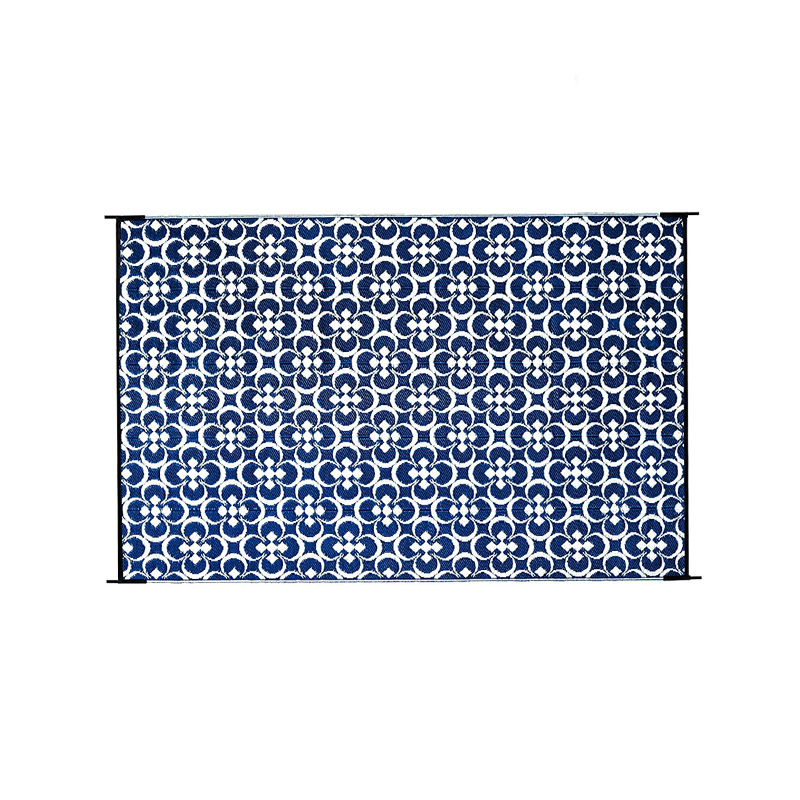
Recycled Moistureproof Plaid Outdoor Mat For RV
Features Heavy-Duty & High Quality & Durability: Our heavy-duty reversible RV mats are made ...
-
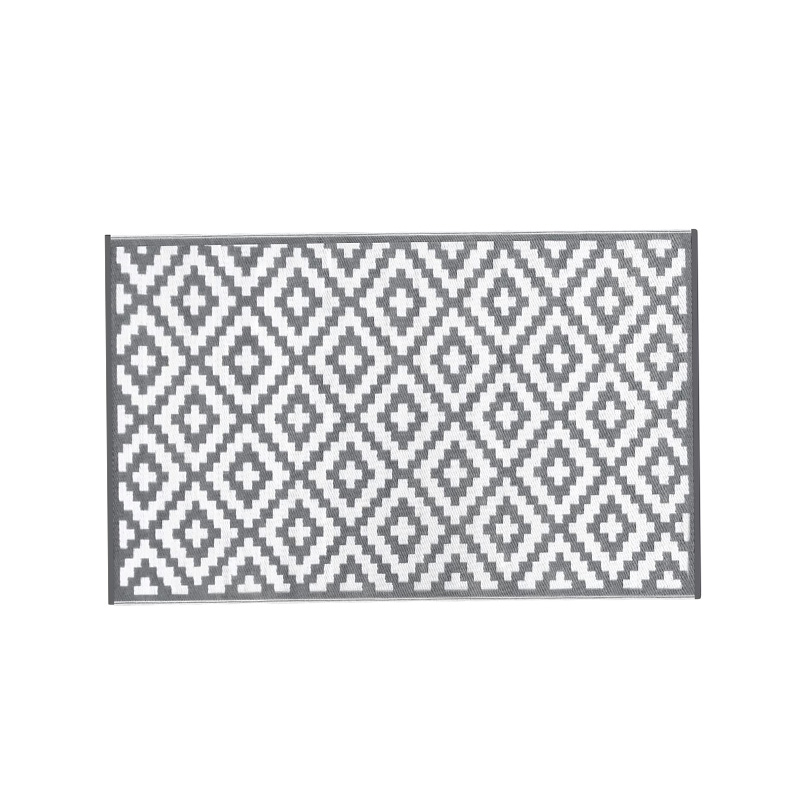
UV Resistant Patio Outdoor Rug
Features Reversible Stain-Resistant Straw Rugs: The outdoor rugs for patio clearance is a reversible...
-
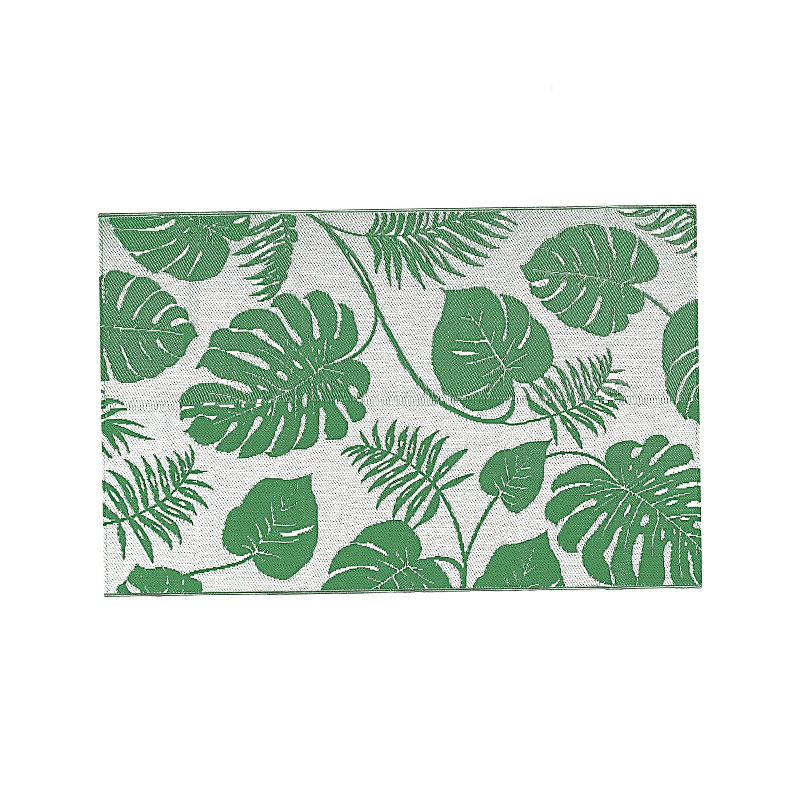
Durable Outdoor Polypropylene Mat For Patio
Features Reversible Outdoor Rug: The outdoor plastic straw rug with timeless medallion design is ele...
-
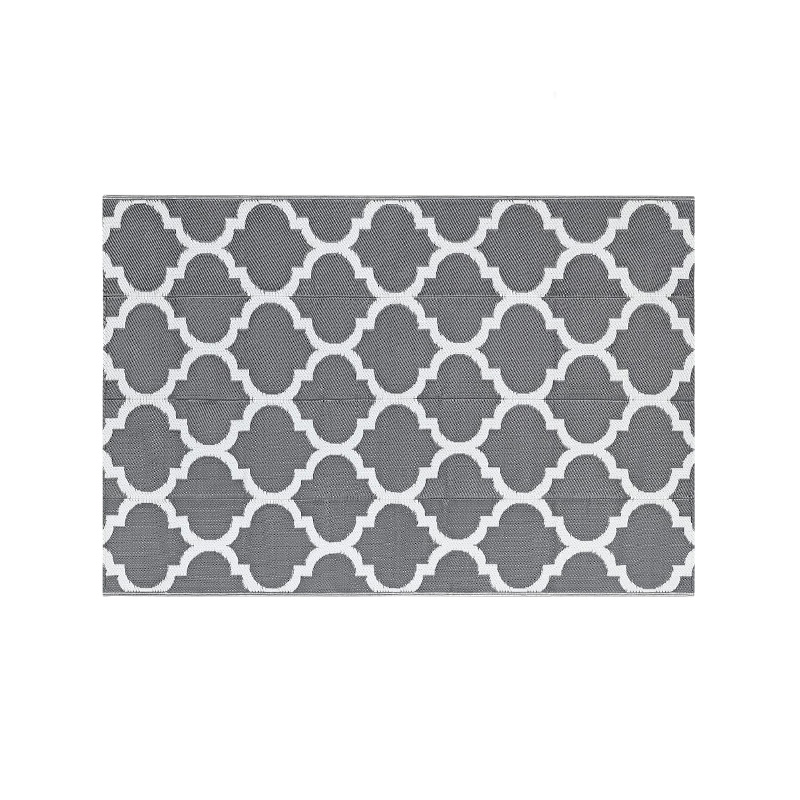
Recycled Plastic Straw Matting For Outside
Features Reversible Outdoor Rugs: It is easy to use on the patio, deck, beach, and backyard. This ou...
-
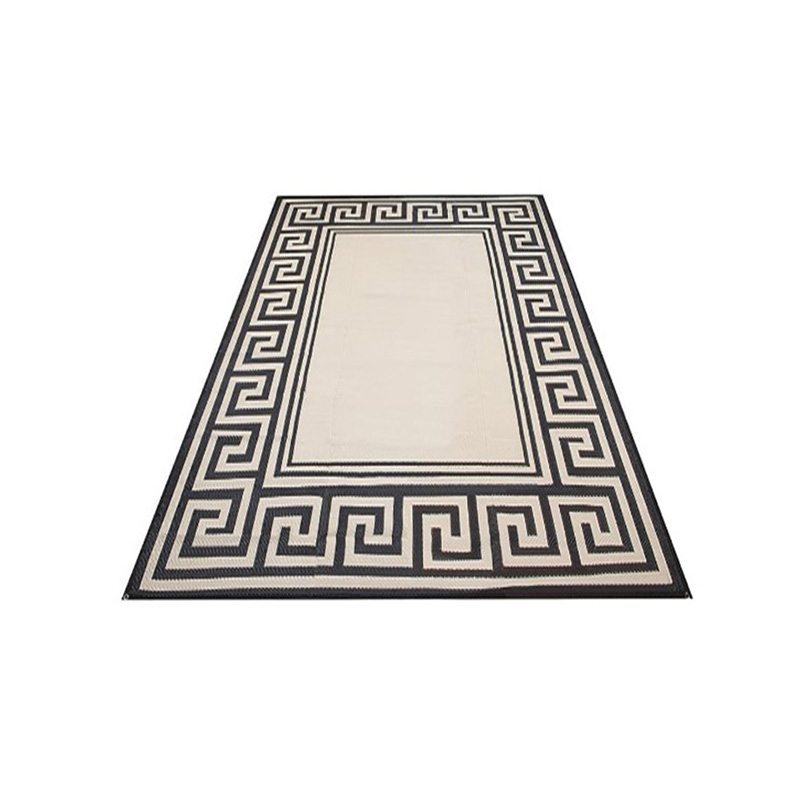
BSCI Audit PP Straw Camping Outdoor Rug
Description Introducing the BSCI Audit PP Straw Camping Outdoor Rug by AIYISI, an outdoor gear manuf...
-
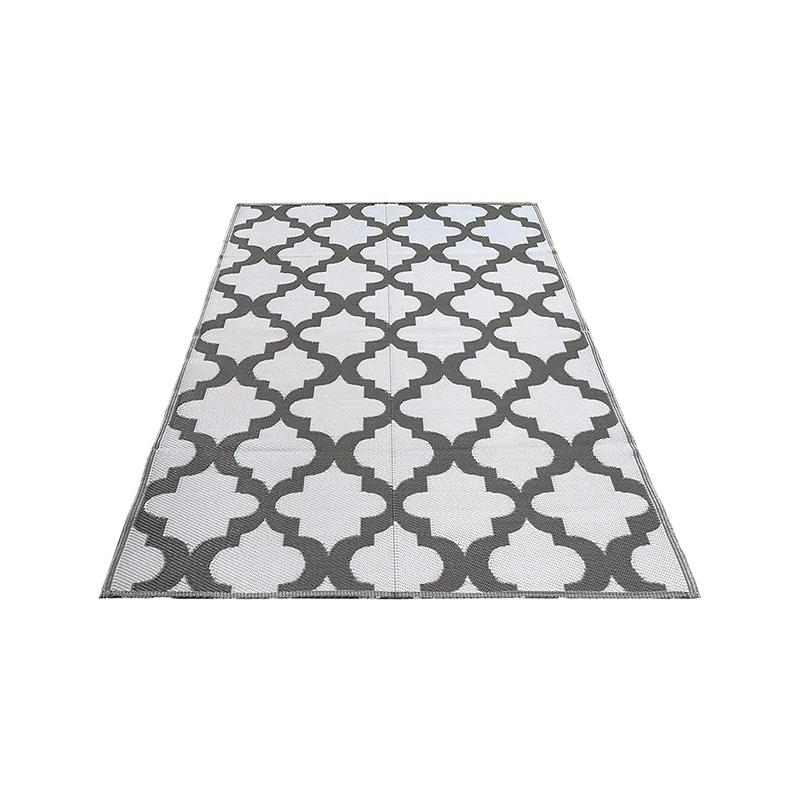
Plastic Matting Cheap PP Woven Recycled Campping Mats
Description At AIYISI, we take pride in offering high-quality outdoor products tailored to meet the ...

- FAX : 86-0576-83352177
- E-mail : [email protected]
- Phone : +86-0576-83207588
- Add: No.10 Yongan Road, Binhai industrial park, Sanmen County, Taizhou City, Zhejiang, China.


 English
English Deutsch
Deutsch

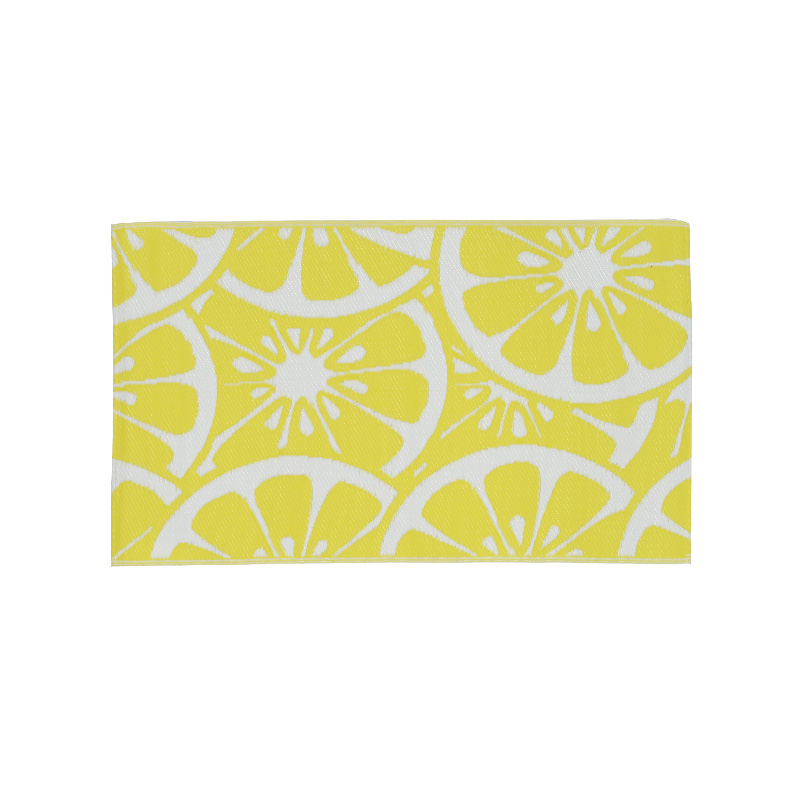
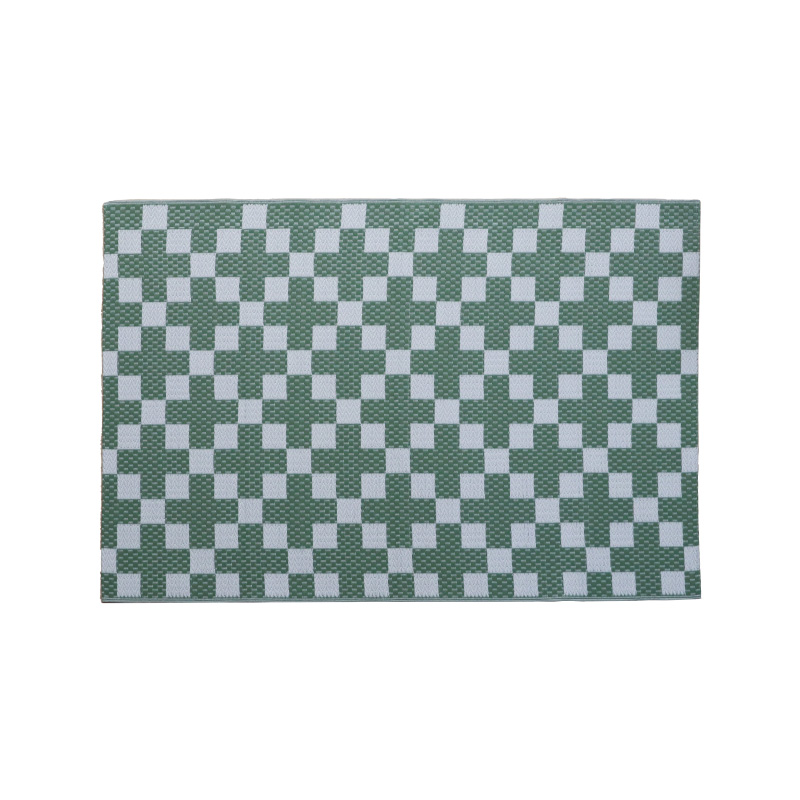
 Facebook
Facebook Youtube
Youtube Twitter
Twitter Instagram
Instagram